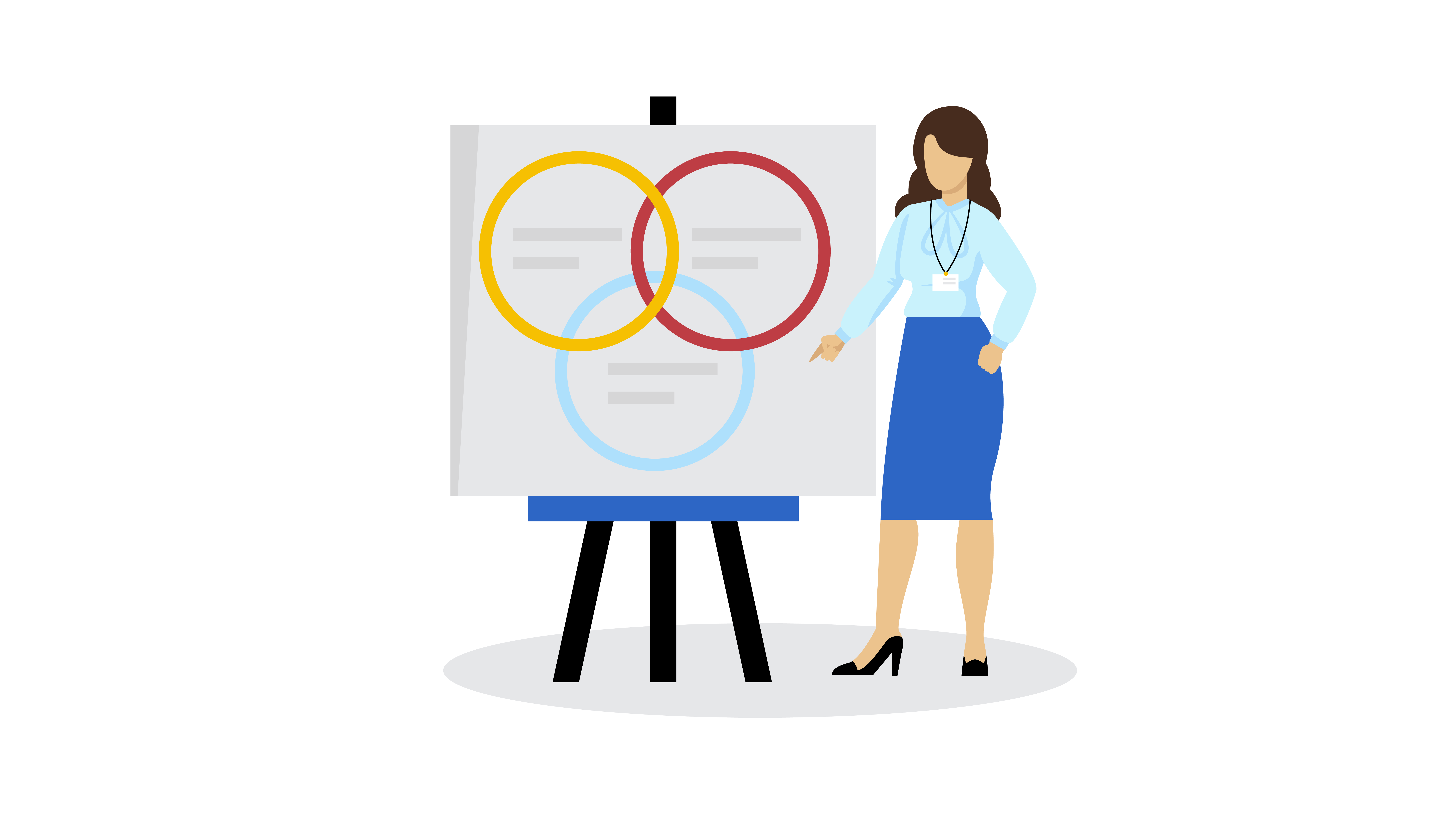All Categories
Featured
Customer data platforms (CDPs) are a vital tool for companies who wish to collect, store, and manage the customer's information in one central place. These applications provide an improved and complete view of customers, which can be used to focus marketing efforts and enhance customers' experiences. CDPs come with a wide range of features that include data governance, data quality , and formatting of data. This lets customers be more compliant with how they're stored, used and access. CDPs are a great way for companies to collect and store customer data in a CDP lets companies engage with their customers and put it at the core of their marketing strategies. It is also possible to pull data from various APIs. This article will highlight the benefits of CDPs to companies.
cdp analytics
Understanding the CDP. A customer data platform (CDP) is software that allows companies to collect, store and manage customer information from one central place. This gives you a better and more complete picture of your client and helps you target your marketing efforts and tailor customer experiences.
-
Data Governance: A CDP's capability to guard and regulate the information being incorporated is one of its key attributes. This includes profiling, division , and cleansing of incoming data. This ensures that the organization remains compliant with data regulations and guidelines.
-
Data Quality: It is important that CDPs ensure that data collected is of high-quality. This means that the data has to be entered in a correct manner and meet the quality standards desired. This reduces the need for storage, transformation and cleaning.
-
Data formatting The CDP can also ensure that data conforms to a predefined format. This ensures that different types of data like dates match across customer information and that the data is entered in a clear and consistent manner. cdp data
-
Data Segmentation: The CDP allows you to segment customer data in order to better understand your customers. This lets you test different groups against each other and obtaining the appropriate sample and distribution.
-
Compliance The CDP allows organizations manage customer data in a way that is compliant. It permits the definition of secure policies, classification of information according to the policies, and the detection of infractions to policy when making marketing-related decisions.
-
Platform Selection: There is an array of CDPs to choose from, so it's essential to understand your requirements prior to choosing the one that is best for you. Think about features such as data privacy as well as the capability of pulling data from other APIs. cdp meaning
-
Put the customer at the Center The Customer at the Center CDP allows for the integration of real-time, real-time customer data, providing the speed, accuracy, and unity that every marketing team needs to streamline their operations and get their customers involved.
-
Chat, billing and more Chat, Billing and more CDP helps you find the context for great discussions, regardless of whether you're looking at billing or previous chats.
-
CMOs and big-data: 61% of CMOs think they're not making use of enough big data according to the CMO Council. The 360-degree customer view provided by CDP CDP is a fantastic solution to this issue and allow for better marketing and customer interaction.
With many various types of marketing innovation out there each one typically with its own three-letter acronym you might wonder where CDPs come from. Although CDPs are amongst today's most popular marketing tools, they're not a totally brand-new idea. Instead, they're the most recent step in the development of how online marketers manage client information and client relationships (What is a Customer Data Platform).

For most online marketers, the single biggest value of a CDP is its ability to section audiences. With the capabilities of a CDP, marketers can see how a single consumer engages with their business's various brands, and identify chances for increased customization and cross-selling. Of course, there's a lot more to a CDP than division.
Beyond audience segmentation, there are three huge reasons why your business may want a CDP: suppression, customization, and insights. One of the most interesting things online marketers can do with information is determine customers to not target. This is called suppression, and it belongs to providing really tailored client journeys (Customer Data Platform). When a consumer's merged profile in your CDP includes their marketing and purchase data, you can reduce advertisements to consumers who've already purchased.

With a view of every client's marketing interactions linked to ecommerce data, site check outs, and more, everybody throughout marketing, sales, service, and all your other teams has the possibility to comprehend more about each client and provide more customized, pertinent engagement. CDPs can assist marketers attend to the root triggers of a number of their greatest everyday marketing problems (Cdps).
When your information is detached, it's harder to comprehend your clients and produce meaningful connections with them. As the number of data sources utilized by online marketers continues to increase, it's more vital than ever to have a CDP as a single source of reality to bring everything together.
An engagement CDP utilizes client data to power real-time personalization and engagement for customers on digital platforms, such as sites and mobile apps. Insights CDPs and engagement CDPs comprise most of the CDP market today. Extremely few CDPs include both of these functions equally. To choose a CDP, your company's stakeholders need to think about whether an insights CDP or an engagement CDP would be best for your needs, and research the few CDP options that consist of both. Customer Data Platform Definition.
Redpoint GlobalLatest Posts
CDPs and the Role of Data Governance in Reducing Risk
Compliance and Data Privacy in a CDP
CDPs and the Role of Data Governance in Compliance